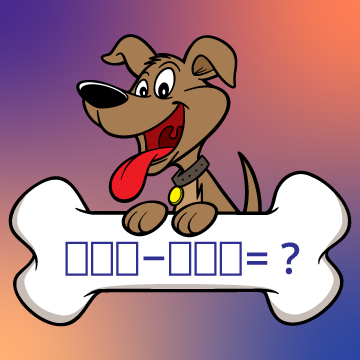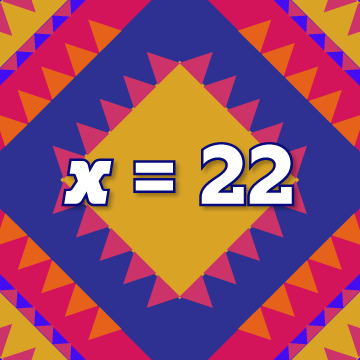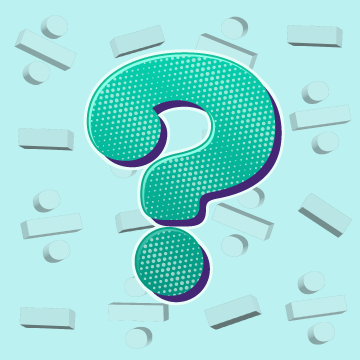- Home
- Archives
- Ask Marian, January/February 2024
- Ask Marian, March/April 2024
- Ask Marian, May/June 2024
- Ask Marian, November/December 2023
- Ask Marian, September/October 2023
- Ask Marian, TESTRUN
- Books We Love, January/February 2024
- Books We Love, March/April 2024
- Books We Love, May/June 2024
- Books We Love, Nov/Dec 2023
- EXM April 25, Ask Marian
- EXM April 25, How-To Video
- EXM April 25, Open Questions
- EXM April 25, Shareables
- EXM April 25, Things We Love
- EXM April 25, What’s This?
- EXM Dec 24, Ask Marian
- EXM Dec 24, How-To Video
- EXM Dec 24, Open Questions
- EXM Dec 24, Shareables
- EXM Dec 24, Things We Love
- EXM Dec 24, What’s This?
- EXM Feb 25, Ask Marian
- EXM Feb 25, How-To Video
- EXM Feb 25, Open Questions
- EXM Feb 25, Shareables
- EXM Feb 25, Things We Love
- EXM Feb 25, What’s This?
- EXM Jan 25, Ask Marian
- EXM Jan 25, How-To Video
- EXM Jan 25, Open Questions
- EXM Jan 25, Shareables
- EXM Jan 25, Things We Love
- EXM Jan 25, What’s This?
- EXM June 25, Ask Marian
- EXM June 25, How-To Video
- EXM June 25, Open Questions
- EXM June 25, Shareables
- EXM June 25, Things We Love
- EXM June 25, What’s This?
- EXM March 25, Ask Marian
- EXM March 25, How-to Video
- EXM March 25, Open Questions
- EXM March 25, Shareables
- EXM March 25, Things We Love
- EXM March 25, What’s This?
- EXM May 25, Ask Marian
- EXM May 25, How-To Video
- EXM May 25, Open Questions
- EXM May 25, Shareables
- EXM May 25, Things We Love
- EXM May 25, What’s This?
- EXM Nov 24, Ask Marian
- EXM Nov 24, How-to-Video
- EXM Nov 24, Open Questions
- EXM Nov 24, Shareables
- EXM Nov 24, Things We Love
- EXM Nov 24, What’s This?
- EXM Oct 24, Ask Marian
- EXM Oct 24, How-To Video
- EXM Oct 24, Open Questions
- EXM Oct 24, Shareables
- EXM Oct 24, Things We Love
- EXM Oct 24, What’s This?
- EXM Sept 24, Ask Marian
- EXM Sept 24, How-To Video
- EXM Sept 24, Open Questions
- EXM Sept 24, Shareables
- EXM Sept 24, Things we love
- EXM Sept 24, What’s This?
- Get Inspired, September/October 2023
- Guest Feature, January/February 2024
- Guest Feature, March/April 2024
- Guest Feature, May/June 2024
- Guest Feature, November/December 2023
- Guest Feature, September/October 2023
- Home, January/February 2024
- Home, November/December 2023
- Home, September/October 2023
- How-to Videos, January/February 2024
- How-to Videos, March/April 2024
- How-to Videos, May/June 2024
- How-to Videos, November/December 2023
- How-to Videos, September/October 2023 | M Magazine
- Image Credits
- M Live!, January/February 2024
- M Live!, March/April 2024
- M Live!, May/June 2024
- M Live!, November/December 2023
- M Live!, September/October 2023
- M Magazine Library
- Marian Feature, January/February 2024
- Marian Feature, March/April 2024
- Marian Feature, May/June 2024
- Marian Feature, Nov/Dec 2023
- Marian Feature, September/October 2023
- Message From Marian, January/February 2024
- Message From Marian, March/April 2024
- Message From Marian, May/June 2024
- Message From Marian, November/December 2023
- Open Questions, March/April 2024
- Open Questions, May/June 2024
- Open Questions, November/December 2023
- Open Questions, Sept/Oct 2023
- Open Questions, TESTRUN
- Shareables, January/February 2024
- Shareables, March/April 2024
- Shareables, May/June 2024
- Shareables, November/December 2023
- Shareables, September/October 2023
- The Latest, September/October 2023
- Things We Love, January/February 2024
- Things We Love, March/April 2024
- Things We Love, May/June 2024
- Things We Love, November/December 2023
- Things We Love, September/October 2023
- Up Front, September/October 2023
- What’s This, March/April 2024
- What’s This, May/June 2024
- What’s This?, November/December 2023
- What’s This?, September/October 2023
- What’s This?, January/February 2024
- Uncategorized
- What's This
Select Page





 OR
OR
 OR
OR










